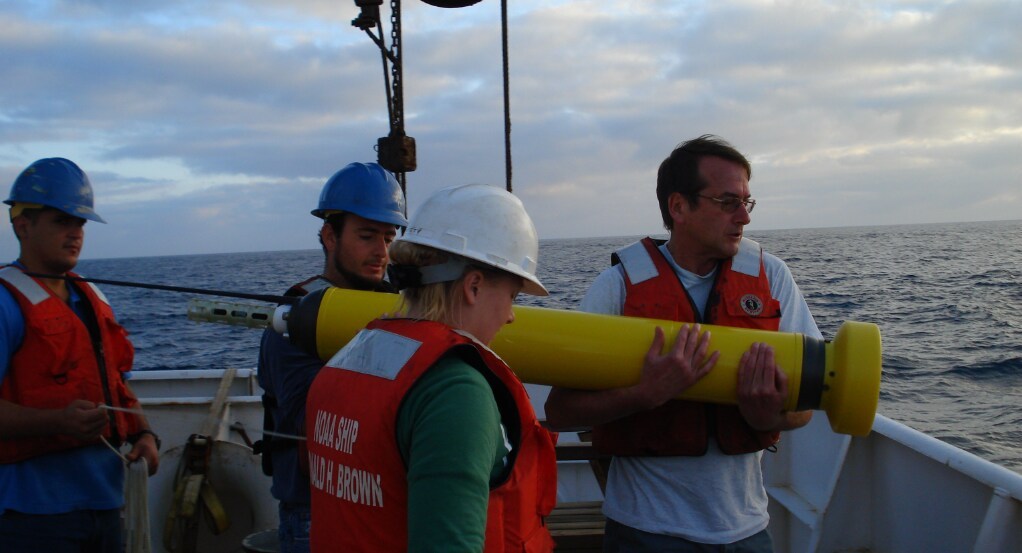New data gives NOAA a more vast view of global climate

The update includes more Arctic data, the longer historical record
NOAA’s National Centers for Environmental Information (NCEI) is updating its current global climate dataset to provide more information about the Earth’s climate, while also extending the planet’s observed temperature record by 30 years.
The update to NCEI’s current NOAA Global Temperature dataset — one of the most visible and widely used datasets to assess global climate — will debut in the upcoming January 2023 global climate report to be released on February 14, 2023. This new global climate dataset will expand upon and replace the current one used since 2019. 
"This new version of NOAA's global surface temperature dataset is part of NCEI’s commitment to providing a complete and comprehensive perspective of the Earth’s climate," said NCEI director Deke Arndt. “Regular updates to our datasets help us expand our understanding of our dynamic planet."
There are two significant additions in this update:
- More data for the Arctic region are included, as well as new scientific methods for monitoring climate in other locations with limited climate data.
- Using improved methodology to analyze NCEI’s archival land and ocean observations, 30 more years will be added to the world’s current climate record, extending to 1850.
NOAA’s Global Temperature datasets consist of data from weather stations across the world’s land surface, as well as ocean surface data from ships, buoys, surface drifters, profiling floats, and other uncrewed automatic systems. Until recently, however, monitoring environmental conditions around the Arctic and Antarctic has been more challenging due to fewer temperature observations in these regions.
The updated version now includes data from more buoys from around the Arctic, along with enhanced methods of calculating temperatures in the Earth’s polar regions.
The new version of NOAA’s Global Temperature dataset shows similar warming trends in the Earth’s climate when compared to the previous version, indicating that short-and long-term climate trends remain consistent across datasets.
This new information comes at a critical time in the Earth’s climate history. The Arctic is the fastest-warming region globally, warming at least three times faster than any other region. The top 10 warmest years on record for the globe have all occurred after 2010. The last nine years (2014–2022) have been the warmest on record.

 How to resolve AdBlock issue?
How to resolve AdBlock issue?